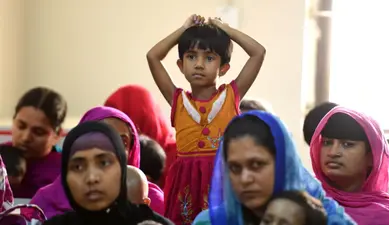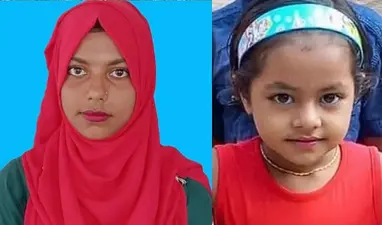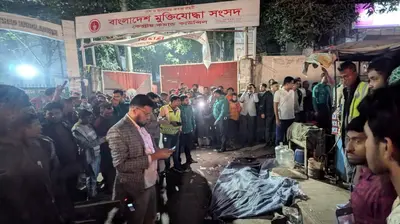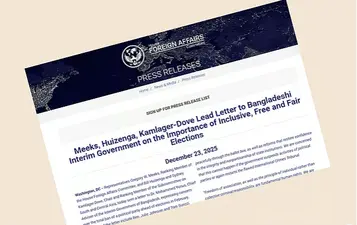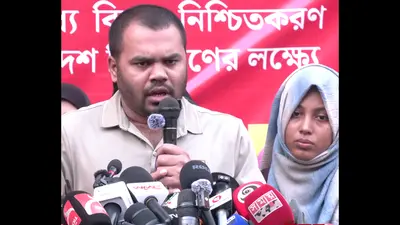Highest Daily Dengue Death Toll Reported in Bangladesh This Year
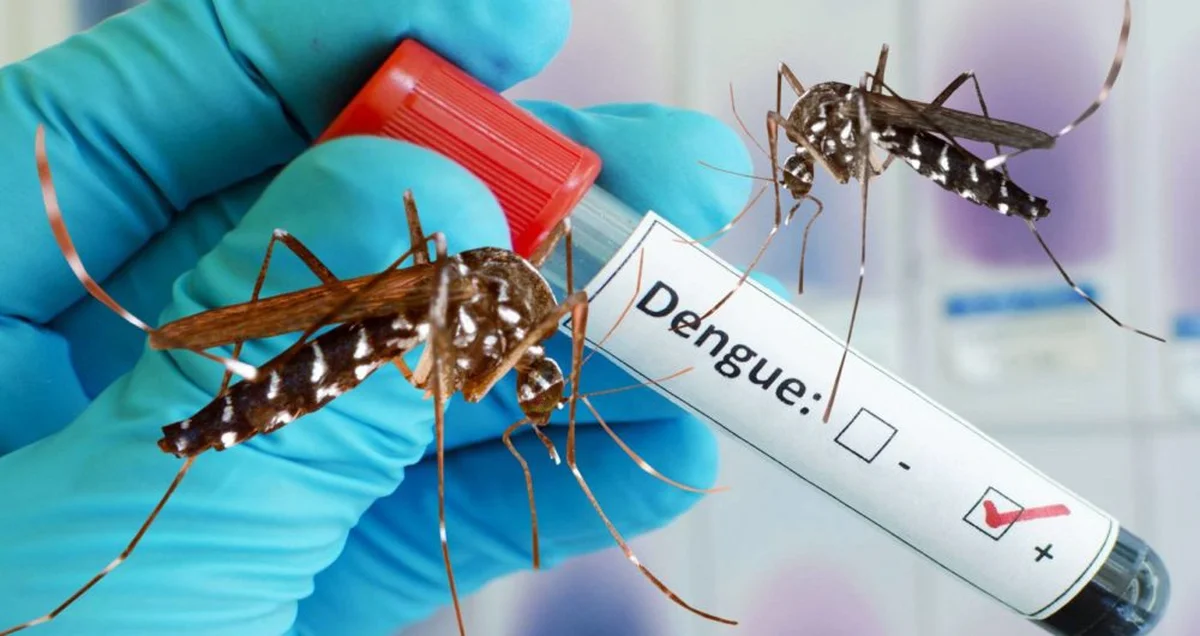
The dengue situation in Bangladesh has reached an alarming level, with daily deaths and hospital admissions continuing to rise across the country. Experts and citizens alike are expressing deep concern over what they describe as an inadequate response from the authorities in controlling the Aedes mosquitoes responsible for transmitting the virus.
On Sunday, the country recorded its highest single-day dengue death toll of the year, with 12 fatalities and 740 new hospital admissions reported in the 24 hours leading up to 8:00 AM, according to the Directorate General of Health Services (DGHS). This marks the most severe spike in dengue-related deaths in a single day in 2025.
September has already emerged as the deadliest month of the year, with 57 dengue-related deaths reported in just 21 days. The capital, Dhaka, has now surpassed Barishal in the number of hospitalisations, reversing earlier trends. According to official data, Dhaka recorded 384 admissions on Sunday, compared to 165 in Barishal, 77 in Chattogram, 52 in Khulna, 28 in Rajshahi, 22 in Mymensingh, 9 in Sylhet, and 3 in Rangpur.

In total, Bangladesh has recorded 179 deaths and 41,831 confirmed cases of dengue so far this year. The death toll by month shows a disturbing upward trend: 10 in January, 3 in February, 7 in April, 3 in May, 19 in June, 41 in July, and 39 in August, with September already surpassing all previous months.
Public health experts believe the actual figures are likely much higher, as DGHS data is collected only from selected hospitals. They have consistently warned that without robust vector-control efforts, improved hospital preparedness, and reliable surveillance systems, the crisis will likely worsen.
An analysis of DGHS data reveals a significant shift in the regional pattern of infections. Until the 30th endemic week (mid-July), Barishal led the country with 6,407 hospital admissions, followed by Dhaka with 3,333. However, between the 30th and 39th endemic week, Dhaka registered 7,227 new hospitalisations, overtaking Barishal’s 5,520 cases during the same period.
The disease, once concentrated in a few regions, has now spread across all divisions. Citizens in various parts of Dhaka — including Kanthalbagan, Mohammadpur, Kalabagan, Green Road, Basabo, and older areas like Narinda, Bangshal, and Jatrabari — report very limited or no visible anti-mosquito campaigns. Residents complain that fogging and larvicide spraying are rare, and breeding grounds remain unchecked.
Officials from the two Dhaka city corporations claim that anti-mosquito activities have been intensified “within their limitations.” According to them, morning larvicide spraying and evening fogging are being carried out regularly. However, experts argue these efforts are insufficient to combat the scale of the outbreak.
Entomologists warn that prolonged rainfall and warm temperatures have created ideal breeding conditions for Aedes mosquitoes in urban environments. Dr. AM Zakir Hussain, former director of the Institute of Epidemiology, Disease Control and Research (IEDCR), stated that while dengue cases usually peak in July, continued rainfall into September is allowing mosquitoes to breed further. He cautioned that the situation may not improve significantly before October.
Professor Golam Sarwar, an entomologist at the National Institute of Preventive and Social Medicine (NIPSOM), recommended that the government immediately initiate hospital-centric crash programmes and begin tracing dengue patients. He warned that failure to contain the outbreak now would result in further fatalities and prolonged suffering.
In response to the worsening crisis, the DGHS on September 16 issued a 12-point directive aimed at prioritising dengue treatment in hospitals. The directive instructed all public and private hospitals to form specialist-led medical boards for dengue and chikungunya, ensure ICU access for critical patients, conduct urgent NS1 tests for suspected cases, and allocate dedicated wards and medical staff to handle dengue cases round the clock.
Since dengue was first officially reported in Bangladesh in 2000, when 93 people died and over 5,500 were hospitalised, the country has experienced increasingly severe outbreaks. In 2023, dengue claimed 1,705 lives and caused over 321,000 hospitalisations — the deadliest year on record. In 2024, another major outbreak led to 575 deaths and more than 101,000 cases.
As the current wave of dengue continues to spiral, experts urge the authorities to treat the outbreak as a public health emergency, calling for more coordinated, timely, and science-driven interventions before the situation worsens further.


